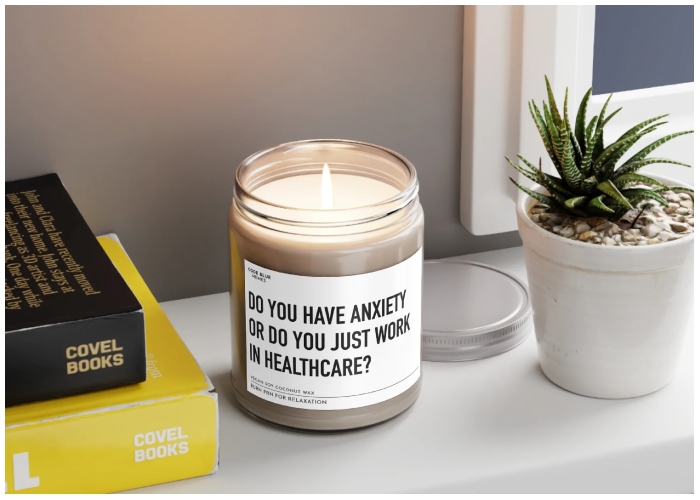Mental health isn’t taboo anymore—but that doesn’t mean we’re actually talking about it. In 2025, the conversation around mental health is louder than ever, but also more curated, packaged, and sold back to us in ways that can feel strangely hollow. Therapy-speak is everywhere, self-care has its own aesthetic, and “mental health days” are now part of corporate vocabularies. Yet somehow, it still feels hard to say, “I’m not okay.” As the language around healing becomes more marketable, we risk losing sight of what emotional struggle really looks and feels like in real life.
When Therapy Becomes a Trend
Words like “boundaries,” “trauma,” and “gaslighting” have entered everyday conversations, but they’re often used out of context or in oversimplified ways. It’s easier now to call something toxic than to have a difficult conversation. While it’s great that people have more vocabulary to describe their experiences, there’s a growing gap between understanding a term and actually living through the messy, uncomfortable healing process it represents. Therapy has become cool—but healing isn’t always pretty, and it doesn’t fit neatly into a caption.
The Instagramification of Struggle
You can now buy journals with affirmations printed in gold foil, candles labeled “anxiety relief,” and water bottles that promise mindfulness. Wellness is a look, and mental health has become part of the lifestyle package.

This shift makes the conversation more visible, but it also flattens it. When emotional recovery is filtered through influencer culture, it starts to resemble a productivity hack or aesthetic goal. Struggle becomes something to document instead of something to actually sit with, which can be deeply alienating to people who are suffering silently.
Self-Care Can’t Fix Systemic Problems
Taking a bath, going for a walk, or meditating can absolutely support mental health—but these aren’t cures for deeper issues like burnout, isolation, or trauma. In 2025, companies and brands often promote self-care as a solution to problems they help create, like overwork, instability, and digital fatigue. The idea that you just need the right product to feel better is both comforting and misleading. True mental health work requires time, community, and often, uncomfortable confrontation with what isn’t working in your life—not just a skincare routine and a scented candle.
We’re Rewarding Performative Healing
There’s a growing social pressure to “do the work” and “show up” emotionally, especially on social media. But in many cases, this leads to performative vulnerability—sharing just enough to seem relatable, without really letting people in. It’s become trendy to talk about “going to therapy” without actually talking about what’s happening there. Real healing is private, complex, and nonlinear. But the way we talk about mental health publicly can make people feel like they’re failing if they aren’t having clear breakthroughs or easily packaged lessons to share.
Language Is Losing Its Meaning
Overuse and misuse of therapy terms have started to dilute their meaning. Calling someone “toxic” or “narcissistic” because they disagree with you, or labeling every conflict as “emotional labor,” can trivialize real issues and make productive conversations harder. The more we casually throw these terms around, the harder it becomes for people who genuinely experience trauma or abuse to be heard and believed. Mental health language should empower, not become a weapon or trend.
Corporate Mental Health Campaigns Feel Hollow
In 2025, almost every major company has a mental health initiative. While this visibility is important, the execution often misses the mark. When a company offers a meditation app but still expects employees to respond to emails at midnight, it feels disingenuous. Mental health support can’t be limited to branded campaigns or one-off “awareness” days. It has to be built into the structure of how we work, live, and connect—with consistency, not just hashtags.
Therapy Isn’t One-Size-Fits-All
The way mental health is portrayed online often assumes a universal path to healing: go to therapy, talk about your childhood, journal your feelings, and emerge empowered. But for many people, therapy isn’t accessible, doesn’t align culturally, or simply isn’t effective in the way it’s presented. Real mental health support needs to be more inclusive—acknowledging that healing looks different for different people, and that no single solution works for everyone.
Bringing the Conversation Back to Real Life
The internet gave people a way to talk about mental health, but we’ve reached a point where the conversation needs to return to real spaces. It’s in quiet chats with friends, in vulnerable moments with family, or in the process of saying “I need help” out loud—not just posting about growth. The marketing of mental health has helped remove stigma, but now it’s time to move past the slogans and into something deeper, slower, and more human.